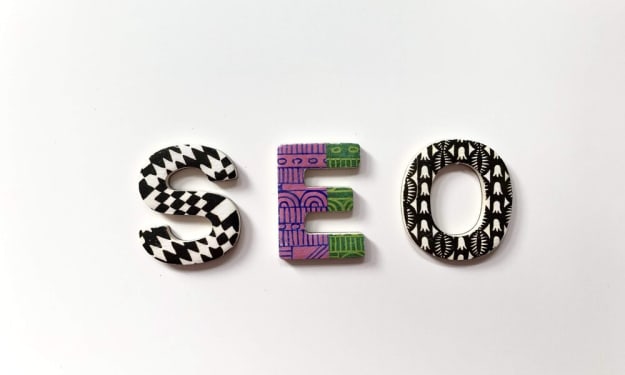Sketching to Sewing: A Behind-the-Scenes Look at the Fashion Design Process
Sketching to Sewing

Fashion is an art form that allows designers to express their creativity and passion. But creating a fashion design is not as simple as putting pen to paper or fabric to the sewing machine. It is a process that involves many steps, from the initial sketches to the final product.
In this blog post, we'll take a behind-the-scenes look at the fashion design process, from sketching to sewing.
Sketching
The fashion design process begins with a sketch. Sketching is the foundation of fashion design, where designers can express their ideas on paper. Sketches can be done by hand or digitally, and they allow the designer to experiment with different designs and styles.
During the sketching process, designers must consider various factors, such as the type of fabric they want to use, the color palette they want to use, and the overall silhouette of the garment. These details will help the designer create a detailed sketch that accurately represents their vision.
Designers may also create mood boards during the sketching process. A mood board is a visual representation of the designer's inspiration, which includes color swatches, fabric samples, and images that inspire the design. The mood board helps the designer stay focused on their vision and ensures that the final product matches their original idea.
Pattern Making
Once the designer has completed their sketches, the next step is pattern making. Pattern making in fashion designing is the process of creating a blueprint for the garment. It involves creating a flat design of the garment on paper, which is then used to create the final product.
Pattern making requires a great deal of precision and attention to detail. The designer must ensure that the pattern fits the body properly, and that it is accurate and symmetrical. This is particularly important for more complex designs, such as those that involve multiple pieces or intricate details.
To create the pattern, the designer will use a combination of measurements and mathematical calculations. They may also create a muslin mock-up of the garment to ensure that the pattern is accurate and fits properly.
Cutting
Once the pattern has been created, the next step is cutting. Cutting involves cutting out the pieces of fabric that will be used to create the garment. The designer must be careful to cut the fabric accurately, using the pattern as a guide.
Cutting requires a steady hand and a sharp pair of scissors. The designer must also ensure that they have enough fabric to create the garment, and that the fabric is cut in the correct direction. This is particularly important for fabrics with a pattern, as the pattern must be cut in a way that ensures it is aligned properly.
Sewing
Once the fabric has been cut, the next step is sewing. Sewing is the process of joining the individual pieces of fabric together to create the final garment. The designer must be skilled in sewing techniques, such as hemming, seaming, and finishing, to ensure that the garment is well-made and durable.
Sewing requires a great deal of patience and attention to detail. The designer must ensure that the seams are straight and the stitches are even. They must also ensure that the garment is finished properly, with no loose threads or unfinished edges.
Final Touches
Once the garment has been sewn together, the final step is adding the finishing touches. This includes adding any embellishments, such as buttons, zippers, or decorative stitching. The designer may also add finishing touches such as lining, pockets, or cuffs.
Adding the finishing touches is an important part of the design process, as it allows the designer to add their own personal touch to the garment. It is also a chance to ensure that the garment is functional and comfortable to wear.
Conclusion
The fashion design process is a complex and intricate one, requiring a great deal of skill, creativity, and attention to detail. From the initial sketches to the final product, each step is crucial in creating a well-made and stylish garment. While the process may be time-consuming and challenging, the end result is a beautiful piece of wearable art that reflects the designer's vision and passion. Whether it's a simple t-shirt or a couture gown, each garment is a testament to the designer's skill and dedication to their craft.
Join The Best Fashion Designing College in India. IIFD - Indian Institute Of Fashion & Design is The most popular and Leading Fashion Design College in India which Offers professional training in Fashion Design Courses in India. Enroll With IIFD!!
About the Creator
IIFD Chandigarh
Indian Institute of Fashion & Design is the leading and best Fashion Design Colleges in India. IIFD offers diploma, undergraduate and postgraduate courses in fashion design, textile design, interior design, and fashion business management.






Comments
There are no comments for this story
Be the first to respond and start the conversation.